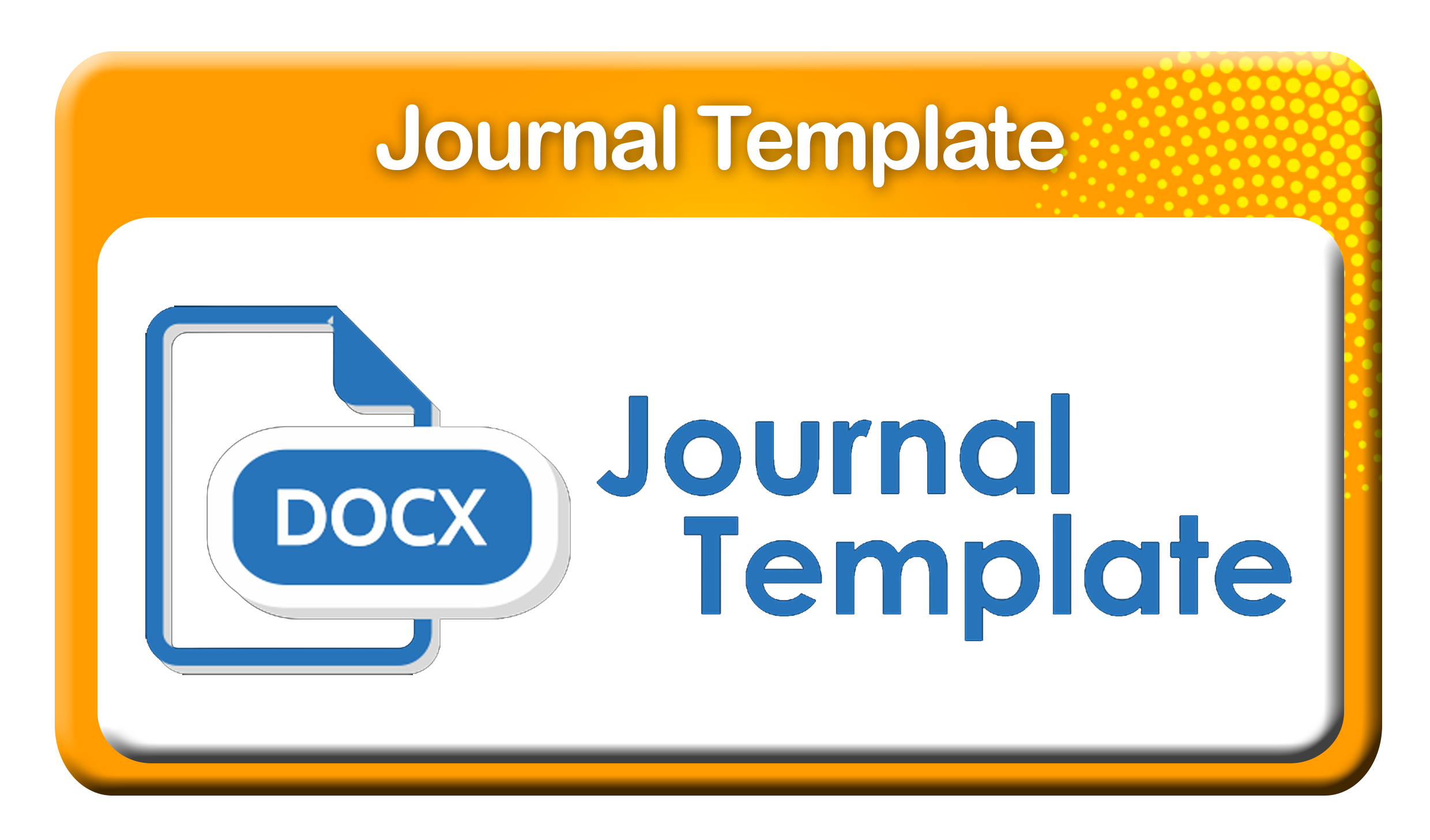The Electronic Industry Intra-Industry Trade Analysis in 10 Indonesian Trading Partners
Case Study: Refrigerator Products
DOI:
https://doi.org/10.58526/jsret.v2i4.285Abstract
The importance of international trade in the context of refrigerator products makes intra-industry trade intensity (IIT) a very relevant tool. In international trade policymaking, particularly concerning refrigerator products, IIT is essential for understanding global economic dynamics, trade patterns, and trade relations between Indonesia and its trading partners. The use of IIT can provide deep insights into the extent to which there is an exchange of similar or similar but different goods among countries involved in the trade of refrigerator products. Therefore, the focus of the problem in this context is the extent to which the Indonesian refrigerator industry depends on ten trading partners in terms of exports and imports of refrigerator products and how this degree of dependence affects the stability of the sector in the face of changing global trade conditions. Regarding exports, India is the most important trading partner with a significant contribution, indicating a dependency that requires special attention. India has also emerged as an essential supplier, albeit with a lower level of dependence. Diversifying export and import markets should be considered to reduce the risk of dependence on certain trading partners. IIT analysis can also provide insights into the competitiveness of Indonesian products in the international market —improvement of export success also depends on understanding intra-industry trade dynamics.
Downloads
References
Almamalik, L., & Ganesha, P. P. (2020). Model Daya Saing Porter Industri Elektronika Dan Telematika. October.
Banik, N., & Kim, M. (2022). India–Republic of Korea CEPA: Assessment and Future Path. Economies, 10(5). https://doi.org/10.3390/economies10050104
Bato, A. R. (2014). Perdagangan Intra Industri Indonesia Dengan Beberapa Negara Partner Dagang. EcceS (Economics, Social, and Development Studies), 1(1), 28–40. http://journal.uin-alauddin.ac.id/index.php/ecc/article/view/1181
Bergstrand, J. H., & Egger, P. (2006). Trade costs and intra-industry trade. Review of World Economics, 142(3), 433–458. https://doi.org/10.1007/s10290-006-0075-7
Galistcheva, N. V., & Nebolsina, E. V. (2021). The u.S. and china in india's foreign economic policy: In quest of balance for maintaining strategic autonomy. Vestnik RUDN. International Relations, 21(2), 304–324. https://doi.org/10.22363/2313-0660-2021-21-2-304-324
Hellvin, L. (1996). Vertical intra-industry trade between China and OECD countries. OECD Working Papers, 114(4, no 73), 37 p.
Hendy, A. H., Firmansyah, F., & Wahyu, W. (2018). The Intra-Industry Trade of Palm Oil Commodity between Indonesia and Malaysia. E3S Web of Conferences, 73, 10–12. https://doi.org/10.1051/e3sconf/20187310011
Hermanto. (2002). Perdagangan Intra-Industri Indonesia. Jurnal Ekonomi Pembangunan Kajian Ekonomi Negara Berkembang, 7(1), 57–70.
Isemonger, A. G. (2000). The estimation of intra-industry trade in South Africa. Development Southern Africa, 17(1), 53–63. https://doi.org/10.1080/03768350050003406
Jošić, H., & Žmuk, B. (2020). Intra-industry trade in Croatia: Trends and determinants. Croatian Economic Survey, 22(1), 5–39. https://doi.org/10.15179/ces.22.1.1
Lovely, M. E., & Nelson, D. R. (2000). Marginal intraindustry trade and labor adjustment. Review of International Economics, 8(3), 436–447. https://doi.org/10.1111/1467-9396.00233
Pawlak, K., & Lukasiewicz, J. (2022). Does intra-industry specialisation enhance or limit comparative advantage? Evidence from the world citrus fruit trade. Agricultural Economics (Czech Republic), 68(9), 338–347. https://doi.org/10.17221/163/2022-AGRICECON
Petersson, L. (2002). Integration and intra-industry trade adjustment in South Africa. Development Southern Africa, 19(2), 239–259. https://doi.org/10.1080/03768350220132468
Prabowo, H., & Putra, H. (2015). Analisis Dampak Pemanfaatan Kebijakan Bea Masuk Ditanggung Pemerintah (Bmdtp) Terhadap Produktivitas Sektor Industri Tertentu. 113–123.
Pusdatin Kemenperin. (2021). Tantangan Peningkatan Kinerja Industri Elektronika di Indonesia. Kementerian Perindustrian, Edisi V.
Putri, R. M., Rifin, A., & Erwidodo. (2021). Analisis Perdagangan Intra Industri Regional Comprehensive Economic Partnership (Rcep) Pada Produk Pertanian. Buletin Ilmiah Litbang Perdagangan, 15(2), 181–208. https://doi.org/10.30908/bilp.v15i2.570
Tampubolon, J., & Nababan, T. S. (2022). ASEAN's Factory Economy in the Fourth Industrial Revolution Era1. Economy of Regions, 18(1), 49–63. https://doi.org/10.17059/ekon.reg.2022-1-4
Vierke, I. M. L., Budhi, D., Sanusi, A., & Ahmar, S. (2023). Analysis of Fiscal Incentive Policies in The Electronic Industries Using Regulatory Impact Analysis (RIA). JSRET, 2(1), 288–306.
Downloads
Published
How to Cite
Issue
Section
License
Copyright (c) 2023 Intan Vierke, Syaiful Ahmar, Achmad Sanusi

This work is licensed under a Creative Commons Attribution-ShareAlike 4.0 International License.
Copyright @2022. This is an open-access article distributed under the terms of the Creative Commons Attribution-ShareAlike 4.0 International License (https://creativecommons.org/licenses/by-sa/4.0/) which permits unrestricted commercial used, distribution and reproduction in any medium
JRSET is licensed under a Creative Commons Attribution-ShareAlike 4.0 International License.






